
Introducing Lake Country’s New MarineLine Buffing Pads
Experience Superior Marine Detailing with Our Specialized Range At Lake Country, we’re excited to unveil our all-new MarineLine—a comprehensive collection of buffing pads specifically engineered
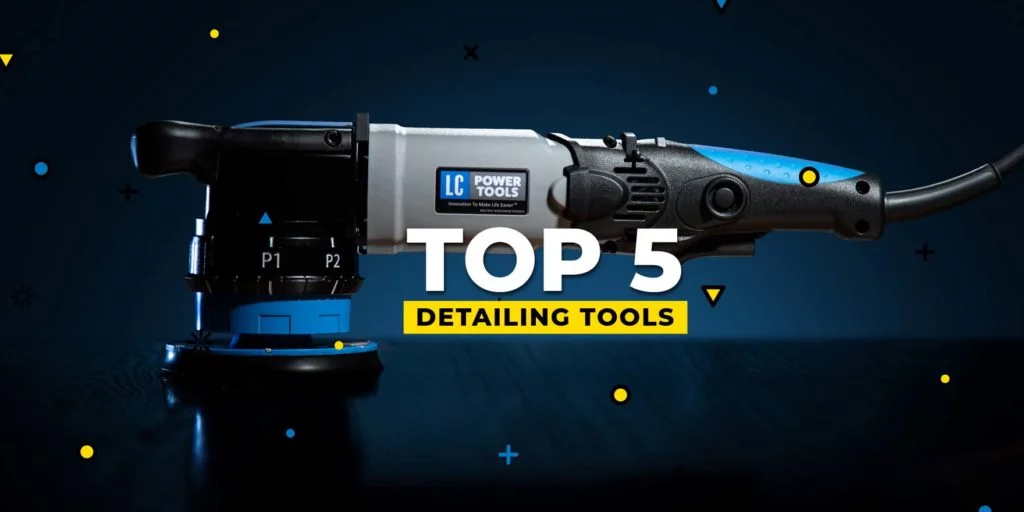
Whatever your opinion, we all know that detailers worldwide just want to get the best possible results as effectively and efficiently as possible. With that in mind, Kelly Harris, our new Global Director of Training, explains how getting the basics right will quickly set you on a path to detailing nirvana, and it begins with what’s in your toolbox.
“First,” Kelly explains, “it’s important to understand that nothing beats education and experience when it comes to getting great results. Taking classes will be a huge help, and while all the support available to you online these days is brilliant, there’s nothing wrong with practicing on your own!”
With that said, here are his Top 5 Detailing Tools for Beginners.
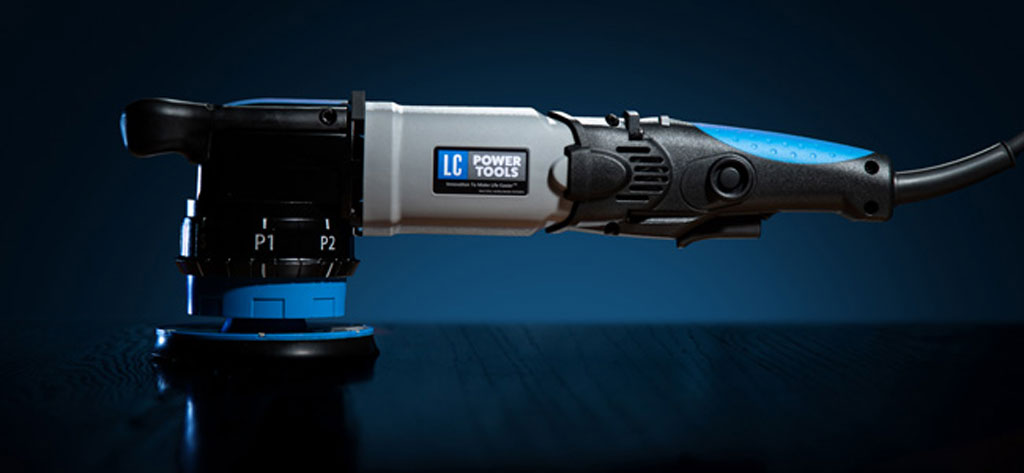
Since machine polishing is such a key part of any great detail, your polisher is first on the list.
Your polishing tools are your best friends, as you will consistently use them to remove defects from painted (and non-painted) surfaces, bringing back that flawless high-gloss clarity that puts a smile on our faces.
As a beginner, you will likely be taking your time with something relatively gentle, such as a medium-throw random orbital polisher, with which you can get impressive results right from the start.
Once your confidence grows, you may find you are ready to take advantage of a more aggressive machine, such as a large-throw random orbital, or a rotary. These take a little more getting used to, but will ultimately unlock the potential to tackle more serious surface flaws like deep scratches or leftover sanding marks.
For maximum machine polisher versatility LC Power Tools are bringing the UDOS® 51E to market. The UDOS® 51E has multiple orbits and a rotary action all in one tool, so there’s nothing holding you back from progressing your skills, or reaching your ultimate potential.
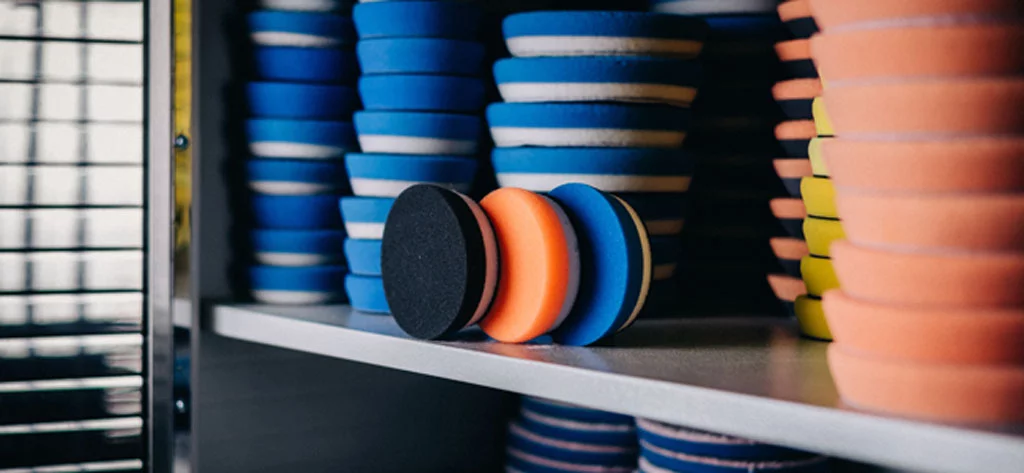
Modern polishing pads have a high-level of engineering backing them; therefore, there is always a pad available to suit both your style and the task at hand.
Some detailers swear by foams while others think wool pads work best on a rotary. Most professionals use a wide range of pads, because all kinds of cars come with all kinds of defects. But, there is nothing wrong with having your favorites!
As a beginner, use a test spot or find a scrap panel to test on. Take a medium-cut compound and see what happens when you use it with a soft, medium, and heavy cut pad. You will quickly learn how each pad compares and which might be best to use in different scenarios.
When you first begin your detailing journey, it is important to understand that with great power comes great responsibility.
Every time a paint defect is removed, a small amount of clear coat goes with it. Being over-aggressive will lead to problems if you take it too far, so to play it safe, start with light and medium-cut compounds first and generally avoid leaping too quickly into the usage of heavy-cut compounds.
Compounds come with a variety of characteristics: some cut more aggressively than others, some refine to a clearer gloss than others, some stay “sharp” for longer and so on. But you should also look for compounds that create minimal dust, and that buff off without too much effort. In general, pair medium-cut pads and medium-cut compounds together for the bulk of your correction work, and use refining compounds with the softest pads for creating the glossiest finishes.[vc_column_text]
A detailer without fresh microfiber cloths is setting themselves up to fall short on the ability to do a good job.
In our training courses, we illustrate how modern clear coats are easily damaged in our training courses, even with what appears to be a plush new microfiber cloth. What eliminates this risk is the knowledge of how to fold and hold the cloth properly while being gentle as you buff to check your work.
In our training courses we show that modern clear coats can be easily damaged, even with what looks like a plush new microfiber. Knowing how to fold and hold the cloth, and being gentle while you buff will help; however, contamination is the bigger problem. Having to keep reusing the same side of the cloth or using one that has sat out, vulnerable to micro-fine particles from the air, can create a dangerously cyclical situation where you polish the paint, wipe off the compound residue, mark the paint with your contaminated cloth, and repeat. Be sure to have clean, properly stored microfiber cloths for your workflow.
The sun is a great inspection light, but it has a habit of not staying still all day. Some days it doesn’t even show up. Therefore, while it may give the illusion of a useful detailing light source, it is generally unreliable.
A portable or adjustable light source in your detailing arsenal is crucial, allowing for adequate inspection of workmanship day or night. Purchase a few LED detailing lights to have handy at any time, especially for when you are working on lower, more shadowed parts of a vehicle.
Using these lights at a distance of at least an arm’s length from the vehicle surface additionally helps prevent a flood of light from developing on the surface, obscuring even the most obvious defects.
These detailing tools are the top five we feel are pertinent for beginners at the start of their machine polishing journey. Keep an eye out for more content coming from Lake Country Manufacturing and LC Power Tools as we explore even more tools crucial to the automotive detailing industry. Be sure to contact us if there is something you need further assistance with!

Experience Superior Marine Detailing with Our Specialized Range At Lake Country, we’re excited to unveil our all-new MarineLine—a comprehensive collection of buffing pads specifically engineered
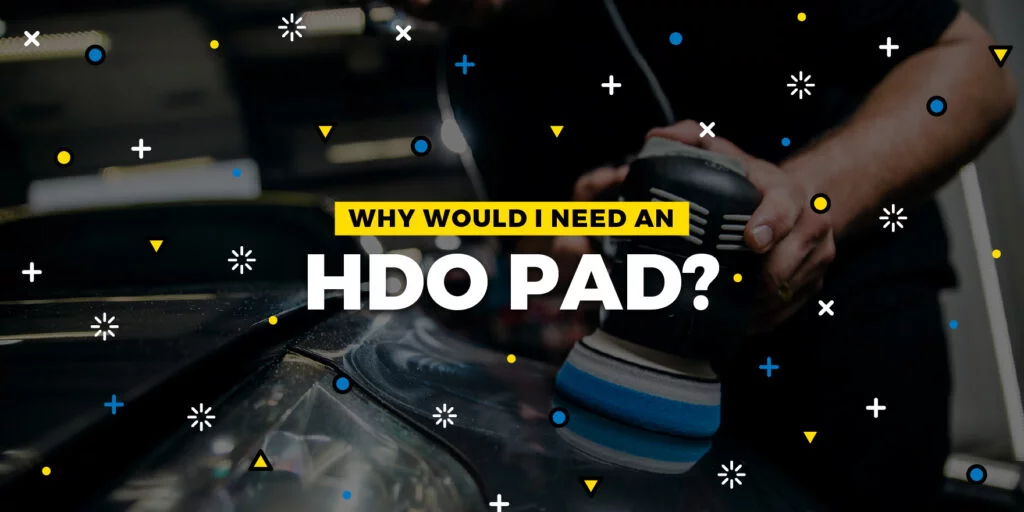
Written for the IDA Detail Dialogue, Published December 2022 In detailing, we naturally obsess over tiny details – hence the name, I suppose. A smudge,
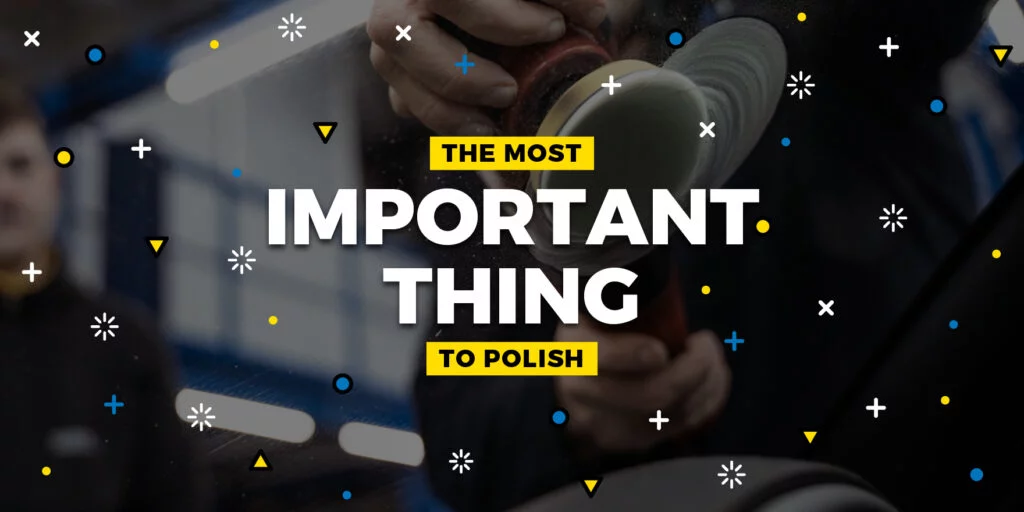
Polishing glass ranks as one of the most overlooked detailing skills and services. Aside from being aesthetically pleasing to have pure transparent glass, it’s incredibly

Experience Superior Marine Detailing with Our Specialized Range At Lake Country, we’re excited to unveil our all-new MarineLine—a comprehensive collection of buffing pads specifically engineered

Written for the IDA Detail Dialogue, Published December 2022 In detailing, we naturally obsess over tiny details – hence the name, I suppose. A smudge,
950 Blue Ribbon Cir N
Oconomowoc, WI 53066
#lakecountrymfg
Select Your Language